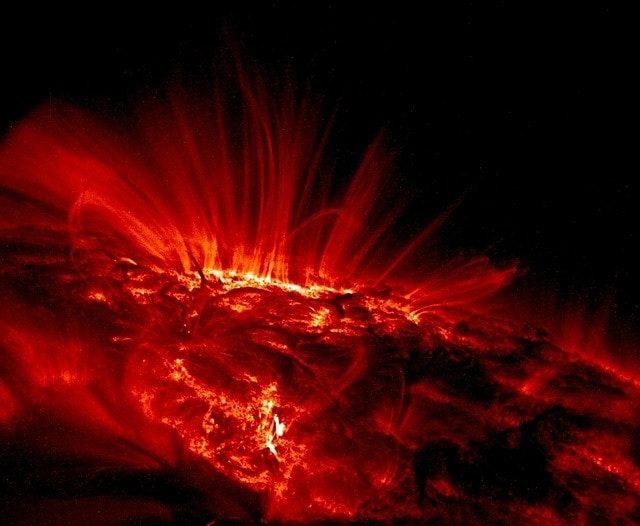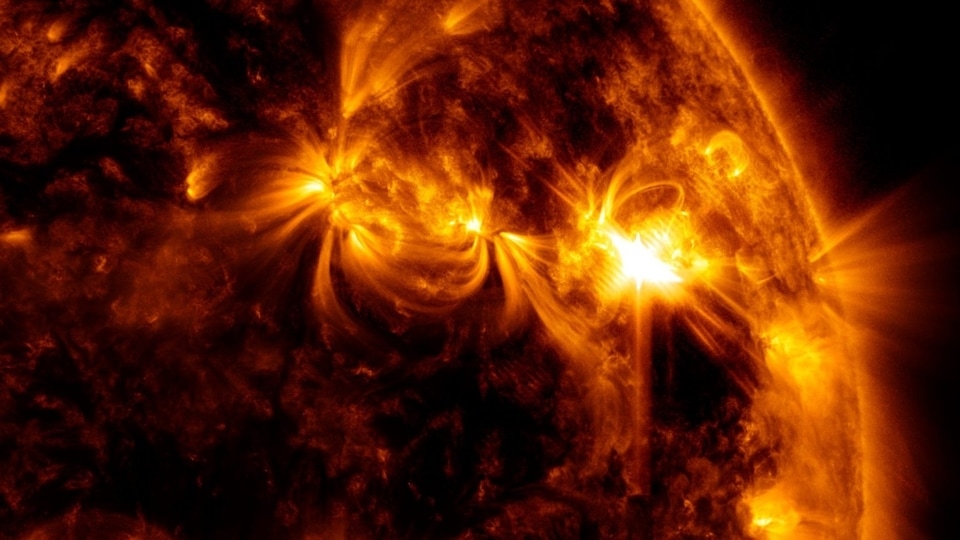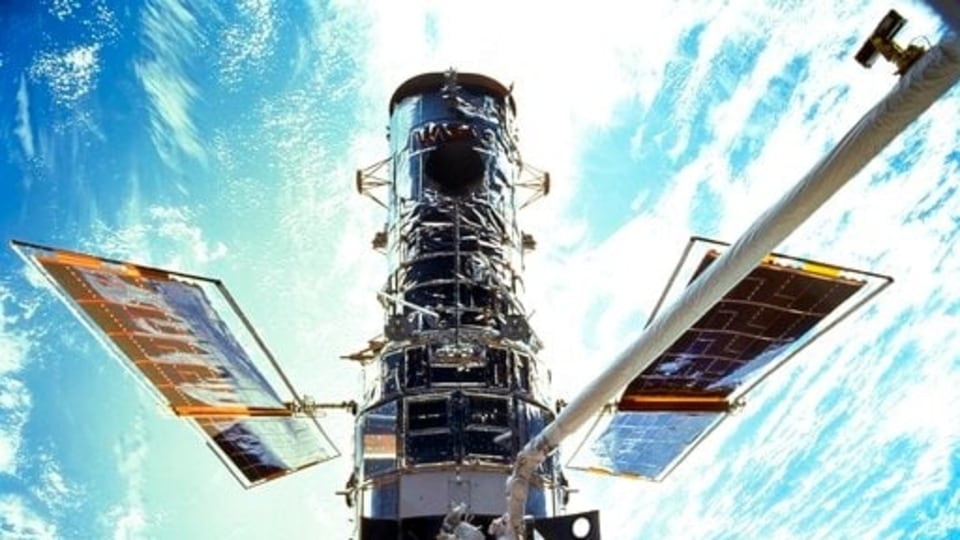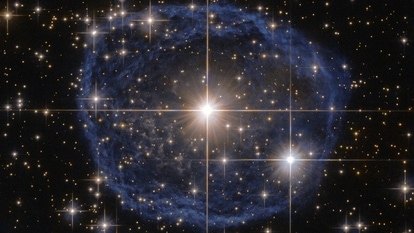China postpones launch of Xuntian Space Telescope, alters global space race dynamics
China delays Xuntian Space Telescope launch to mid-2025, reshaping the global space race. Ambitious project aims to unlock cosmic mysteries, competing with European and NASA telescopes.






 View all Images
View all ImagesIn a surprising move, China has delayed the launch of its highly anticipated Xuntian Space Telescope, reshaping the international competition to explore the mysteries of the cosmos. Originally scheduled for liftoff from the Wenchang Space Launch Center in southern China by the end of this year, Xuntian is now set for a mid-2025 launch. The postponement puts it in direct competition with the European Space Agency's Euclid and NASA's Nancy Grace Roman Space Telescope.
Zhan Hu, project scientist of Xuntian space telescope system, revealed that the delay was necessary for the team to finalize a preflight "engineering qualification model." This model will undergo rigorous performance tests early next year. Despite the setback, China is making significant strides by domestically developing all five instruments for Xuntian, a first for the country, Scientific American reported.
Quentin Parker, an astrophysicist at the University of Hong Kong, expressed surprise at the delay, noting China's track record of mission punctuality. The postponement has implications for the race to unravel the mysteries of dark matter and dark energy, which constitute the majority of the universe's mass and energy.
Xuntian's ambition lies in its state-of-the-art design and cutting-edge technologies. Equipped with a 2.6-gigapixel survey camera, it boasts a panoramic field of view over 300 times larger than the Hubble Space Telescope. The delay, while unexpected, ensures that all components work seamlessly before venturing into space.
Xuntian's Role in the Global Effort
The telescope's observational range in near-ultraviolet and optical wavelengths complements the focus of Euclid and Roman in the near-infrared. Their shared goal is to chart the distances and distributions of galaxies, providing crucial insights into the evolution of the universe.
Despite the delay, Xuntian space telescope aims to offer a unique advantage with its off-axis design, reducing errors in weak gravitational lensing analysis. The telescope's five instruments, including a coronagraph for exoplanet searches and a terahertz receiver for studying molecular clouds, promise a decade of groundbreaking observations.
Furthermore, Xuntian's rendezvous and docking maneuvers with the Tiangong space station will allow for refueling, maintenance, and upgrades, ensuring its enduring scientific competitiveness. As the global space race intensifies, the delayed Xuntian space telescope launch introduces a dynamic interplay in determining which telescope will claim the first groundbreaking data and results in the quest to understand the fundamental nature of our universe.
Catch all the Latest Tech News, Mobile News, Laptop News, Gaming news, Wearables News , How To News, also keep up with us on Whatsapp channel,Twitter, Facebook, Google News, and Instagram. For our latest videos, subscribe to our YouTube channel.































